Cat Whisker Fatigue: Causes & Symptoms
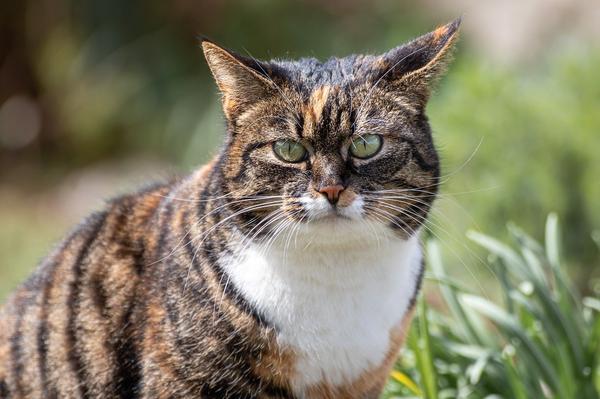
Worried sick about your feline friend's well-being?
Wondering if their whiskers are being overworked?
Let's dive deep into the mysterious world of cat whisker fatigue or stress😺.
Buckle up and get ready for some eye-opening insights, my friend.
Let's uncover the truth together.
Understanding Whisker Fatigue: Causes and Symptoms
Your furry pal can get stressed out from something called whisker fatigue.
Certain cats, especially those with flat faces or wide cheeks, are more prone to this.
Their sensitive whiskers constantly touching a surface causes fatigue and stress.
Poor kitties!
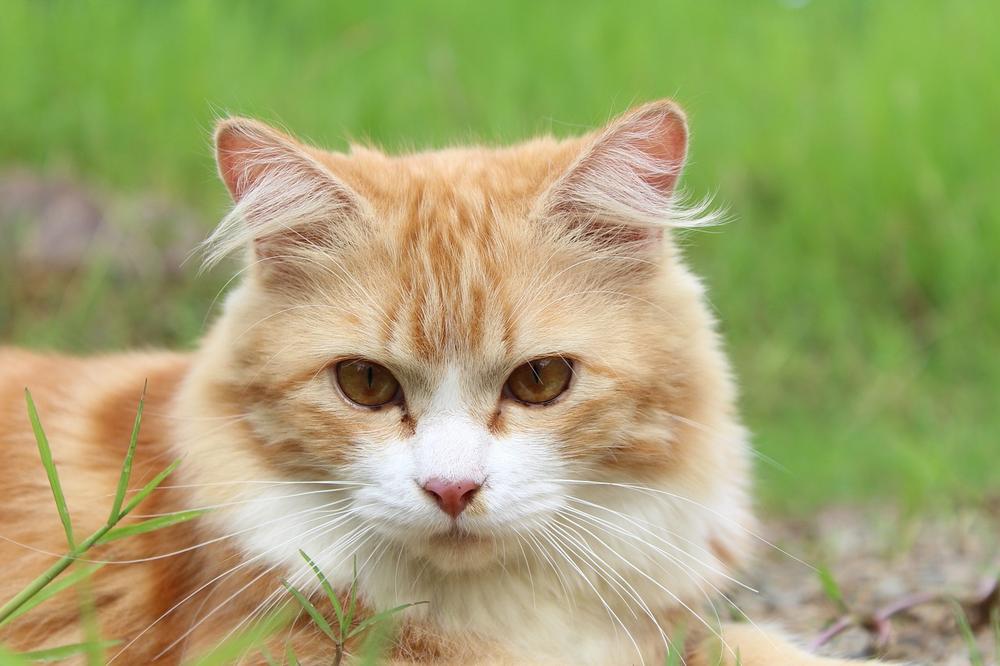
So, what triggers whisker fatigue?
It often happens when their whiskers touch the sides of their food or water bowl.
One common cause is using small and deep bowls for feeding your cat.
You see, the positions of these bowls' walls being closer together make the condition worse.
Here's what you should bear in mind:
- Use shallow bowls or plates instead of deep ones. This gives their whiskers some space to breathe and prevents whisker fatigue.
- Switch to wider bowls. By choosing wider bowls, you decrease the chances of their whiskers touching the sides, which reduces stress for your kitty.
- Consider using a whisker fatigue bowl. Yes, they exist! These special bowls are designed to minimize whisker stress by providing enough movement space.
- Say no to plastic bowls. Instead, go for stainless steel or ceramic dishes for your cat. These materials have a smoother surface that won't irritate their whiskers as much.
- Lastly, make sure to regularly clean the bowls. Bacteria or dirt buildup can bring additional discomfort to your cat's whiskers.
Whisker fatigue is a serious issue for our feline friends.
But by making a few simple changes in how we feed them, we can reduce stress and make mealtime more enjoyable for them.
Understanding Cat Whisker Stress: What is Whisker Fatigue?
To get a grip on cat whisker stress, here are 7 things you should remember:
- Cats need their whiskers - they're like super-sensitive sensors.
- Whiskers help cats find their way and interact with their surroundings.
- Too much sensory input can tire out their whiskers, causing whisker fatigue.
- And that's no fun - it stresses out your cat and makes them uncomfortable.
- Watch out for narrow doorways and cramped spaces - major triggers for whisker fatigue.
- Also, those tiny food and water bowls? They can be a big source of whisker fatigue too.
- So, it's super important to recognize and address whisker fatigue for the well-being of your feline friend.
Keep an eye on your cat's whisker health.
Make sure their paths are wide enough, give them roomy eating areas, and consider switching to shallow bowls that won't bother their whiskers too much.
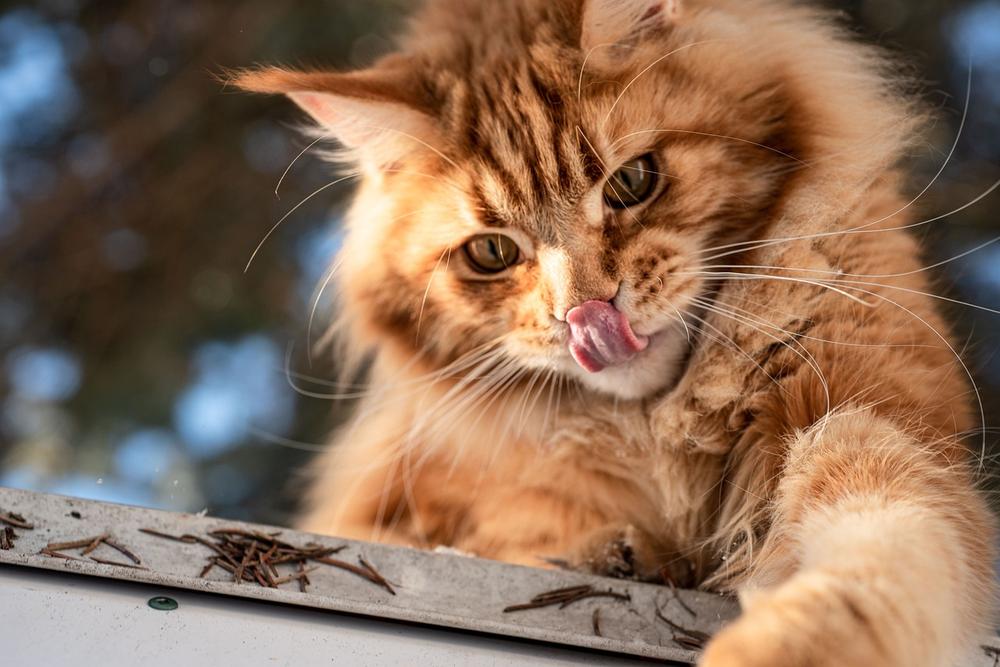
By doing these simple things, you'll keep whisker fatigue at bay and ensure a happy, stress-free kitty.
But how can you tell if your cat is experiencing whisker fatigue or stress?
Let me share some telltale signs with you...
Understanding Cat Whisker Stress: How to Identify Whisker Fatigue
Understanding cat whisker stress, also known as whisker fatigue, is crucial for cat owners.
It can help identify potential discomfort during mealtime and ensure the well-being of your furry friend. Here are some important points to consider:
- Cats rely on their whiskers for various vital functions, including finding food, providing spatial orientation, and detecting potential dangers in their surroundings.
- Signs of whisker fatigue can manifest during mealtime, such as pawing the ground around the food bowl, appearing hesitant to approach it, or approaching the bowl cautiously.
- Other symptoms of whisker fatigue may include dropping food out of the bowl to eat off the ground, making a mess while eating or drinking, leaving food in the bowl but still acting hungry, refusing to eat food at the bottom of the bowl, and acting aggressively towards other pets or people.
- To alleviate whisker stress, consider using shallower bowls or plates that don't press against the cat's whiskers.
- Opt for wider bowls to allow cats to comfortably access their food without brushing their whiskers against the sides.
- Avoid using metal or plastic bowls that may cause whisker fatigue, and instead opt for ceramic or glass options.
To ensure your cat's mealtime is enjoyable and free from stress, it's important to comprehend whisker stress and its possible indications, enabling you to better meet your cat's needs when feeding them. 😺
Now, I understand how important it is to address your cat's whisker stress and ensure their comfort during mealtime.
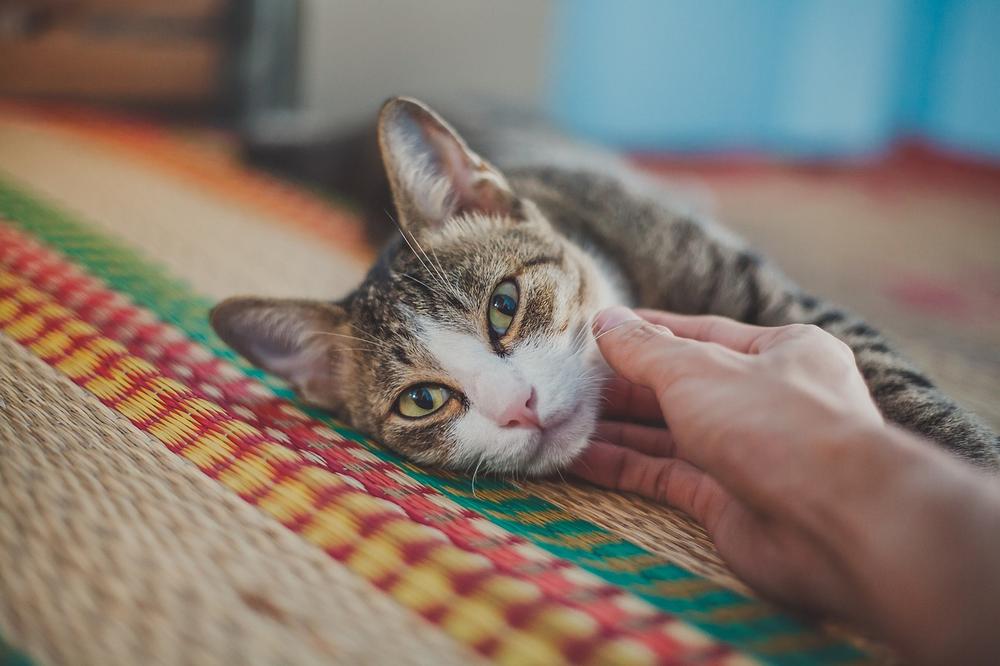
But sometimes, you may have questions that go beyond the scope of this article.
That's why I highly recommend checking out my article Why Does My Cat Have One Black Whisker.
This detailed guide will provide you with all the answers you need to satisfy your curiosity and understand this intriguing aspect of your cat's physiology.
Don't hesitate to dive into the fascinating world of one black whisker!
Understanding Cat Whisker Stress: Solutions for Whisker Fatigue
Whisker stress in cats is a big deal. 😿
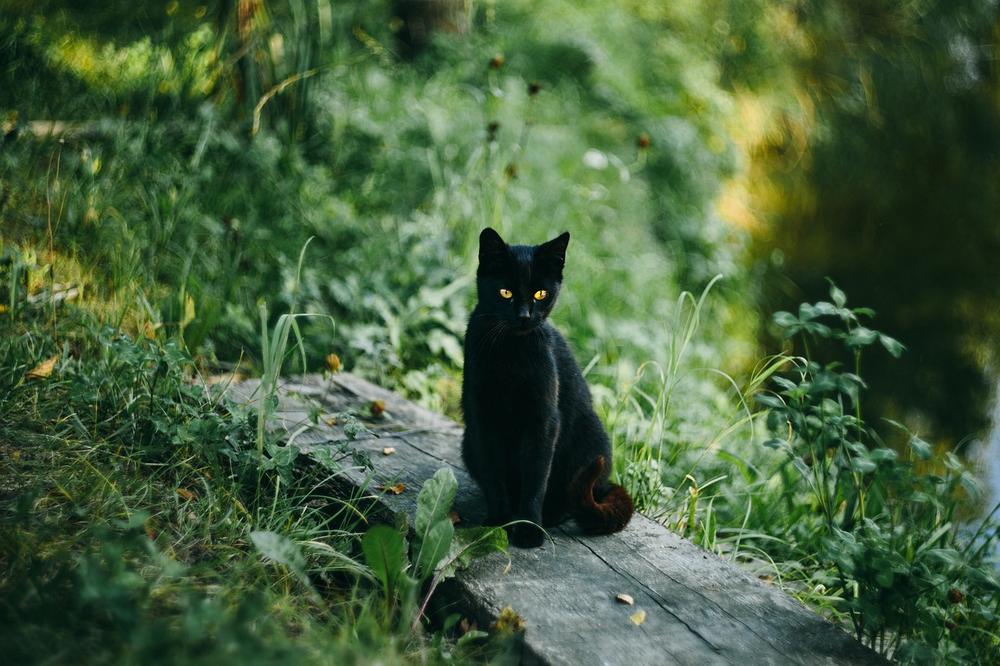
To help with it, you can try these things:
- Use shallow bowls for your cat that won't touch their whiskers and make it easy for them to eat.
- Whisker-friendly stainless steel bowls with wide and low designs can fight off whisker fatigue.
- Consider using elevated bowl stands that are also whisker-friendly to make mealtime more comfortable for your cat.
- But don't forget, if changing the bowl doesn't fix any weird eating behavior, it's always a good idea to take your cat to the vet for a checkup.
- A study showed that plenty of cats actually preferred the whisker-friendly dishes, but keep in mind that their preferences can be influenced by other stuff too.
- So before you go and spend a lot of money on an expensive bowl, make sure to offer different options and see what your cat likes best.
- Whatever you do, don't ever trim your cat's whiskers. It messes up how they see the world around them.
- And if your cat still seems uncomfortable during meals even after switching to whisker-friendly bowls, definitely make an appointment with the vet to rule out any possible medical issues.
All in all, whisker stress really messes with a cat's mealtimes, so it's super important to do whatever you can to reduce it and keep your cat happy and healthy.
Understanding Whisker Fatigue: What is Cat Whisker Stress?
What is cat whisker stress?
You may have never heard of whisker stress before, but trust me, it's a thing.
Your cat's cute little face hairs can actually cause them some discomfort or stress when they get overwhelmed with stimulation.
The importance of cat whiskers
Whiskers are not just for looks, they play a crucial role for cats. They help them understand their surroundings, sense tight spaces, changes in air currents, and maintain their balance. These sensitive feelers gather valuable information about what's happening around your cat.
Pretty cool, right?
Do cats suffer from whisker stress?
Well, let me tell you something.
A study was conducted to determine if whisker stress is real.
And guess what?
It turns out that whiskers may be quite sensitive, BUT your cat can likely eat and drink from regular bowls without any stress or discomfort.
So, you don't really need to go out and buy a special bowl that's friendly to whiskers for your furry friend.
But hey, I think understanding cat behavior is important. Our feline pals deserve a stress-free environment.
So, maybe you should consider making other adjustments to create a more calming atmosphere for your wonderful whiskered buddy.
Because, let's face it, whiskers are not only adorable, they're also highly sensitive and provide vital information about your cat's surroundings.
And now, let's delve deeper into how you can identify if your cat is experiencing whisker stress and what signs to look out for!
Understanding Whisker Fatigue: How to Identify Cat Whisker Stress
Increased aggression towards people or other pets, especially during mealtime, can be a sign of whisker stress. In a study on 38 housecats, researchers sought to understand the phenomenon of whisker stress.
They examined various factors, including how much food each cat consumed from their dish, whether they dropped food while eating, the duration of their meals, and their bowl preferences.
Understanding Whisker Fatigue: Preventive Measures
Whisker fatigue is a legitimate concern, guys.
And if you want to ensure your cat stays content during mealtime, you gotta grasp this concept.
Here's the deal...
When your cat digs into its food and its whiskers get squished in tight spaces, it can cause discomfort and stress.
Don't tell me you'd want that for your fluffy buddy, would ya?
Get yourself some wide and shallow bowls, people!
You need a bowl that gives your cat lots of space to chow down without its whiskers rubbing against the sides.
It's all about preventing whisker fatigue.
Speaking of bowls, go for ones made of stainless steel to avoid any gross bacteria buildup or chin breakouts.
Nobody wants that mess.
Now pay attention.
One study might not have solid evidence for whisker stress, but it's still worth considering other explanations and taking preventive action.
Guess what?
Wide bowl cat drinking fountains can also help prevent whisker fatigue.
They keep your cat hydrated while ensuring their sensitive whiskers aren't bothered.
So, remember:
Wide and shallow bowl - check. Stainless steel - check. Cat drinking fountain - check.
That's how I keep whisker fatigue far away!
But what else can contribute to whisker stress in cats?
And is there anything you should avoid doing to prevent discomfort?
Well, let me tell you - trimming a cat's whiskers is not recommended as it can upset and discomfort them.
But there are other environmental factors that might be playing a role in your furry friend's stress levels.
Let's delve into these fascinating details together!
Causes of Cat Whisker Stress
To address whisker stress in your cat, take note of these important potential causes:
- Limited vertical spaces in your home.
- Overcrowded living areas that don't provide enough personal space.
- Trimmed whiskers, which can upset and discomfort your cat.
- Damaged or cut whiskers leading to increased anxiety and stress.
- A demanding lifestyle with excessive stimulation and activity.
- Inadequate hiding spots for when your cat needs a break.
- Loud noises and sudden disturbances in the environment.
- Unfamiliar or aggressive animals in close proximity.
- Changes in routine or frequent disruptions to their environment.
- Use stainless steel bowls to prevent bacterial growth.
Whisker fatigue may be exaggerated, but it's still essential to create a stress-free environment for your feline friend.
Signs of Cat Whisker Stress
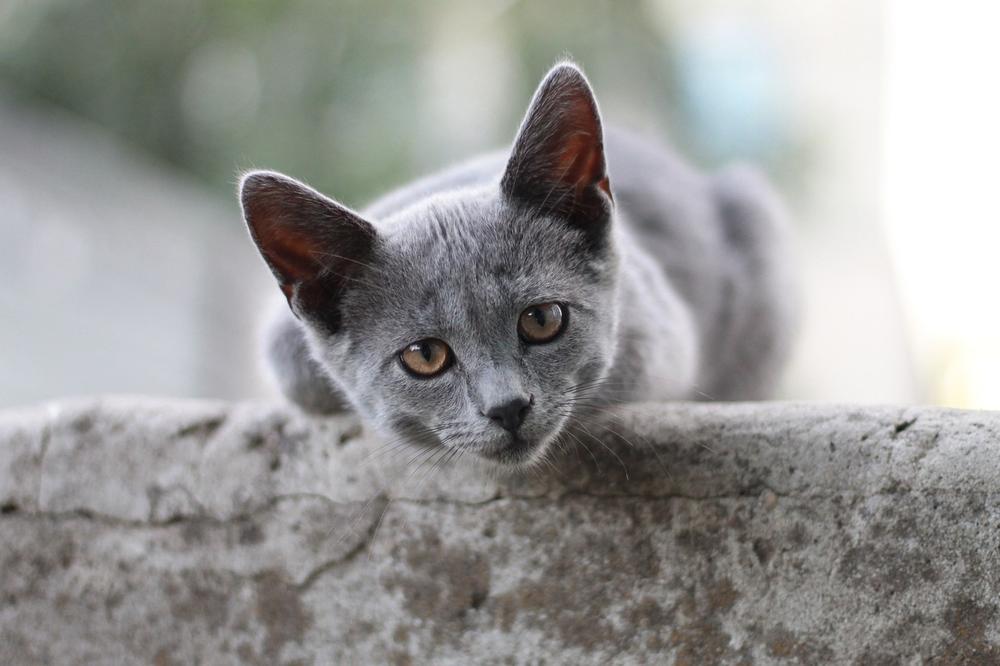
Look out for these 11 signs of cat whisker stress:
- Excessive grooming, particularly of the face or throat area.
- Messy eating habits.
- Pulling food out of the bowl before eating it.
- Being finicky about food choices.
- Abnormal eating behavior, which may be caused by dental, liver, or kidney disease.
- Inflammatory bladder or bowel conditions can also affect eating habits.
- Bullying around the food bowl can contribute to stress-related eating problems.
- Cats tend to hide their pain and discomfort, so watch for significant changes in eating behavior.
- Weight loss without any apparent cause.
- Whisker fatigue, a form of discomfort experienced while eating, can lead to unusual eating habits.
- Note that vomiting is not directly related to whisker fatigue and should be addressed by a veterinarian if it occurs repeatedly.
Your cat's well-being is important, so seek veterinary attention promptly if you notice any concerning changes.
Conclusion
Key takeaways:
- Cat whisker fatigue is caused when a cat's sensitive whiskers are constantly stimulated.
- Whisker stress is experienced when a cat's whiskers touch the sides of their food or water bowl.
- Symptoms of whisker fatigue include cautious approach to the food bowl, dropping food on the ground, and acting aggressively.
- Whisker-friendly stainless steel cat bowls can help alleviate whisker fatigue.
- Trimming a cat's whiskers is not recommended and can cause discomfort.
- Abnormal eating behavior in cats may have various causes and should be checked by a vet.
- Cats rely on their whiskers for spatial orientation and detecting potential dangers.
- Prioritizing a less stressful environment for cats is important for their well-being.
- Wide bowl cat drinking fountains can also help prevent whisker fatigue and promote hydration.
- Vomiting is not directly related to whisker fatigue and should be addressed by a veterinarian.
And that wraps up today's article.
If you wish to read more of my useful articles, I recommend you check out some of these: Cat Not Eating After Spay, Cat Sitting in Litter but Not Peeing, Older Cat Not Eating but Drinking, Cats Purring Sound Congested, and My Cat Has Worms How Do I Clean My House
Talk soon,
-Sarah Davis